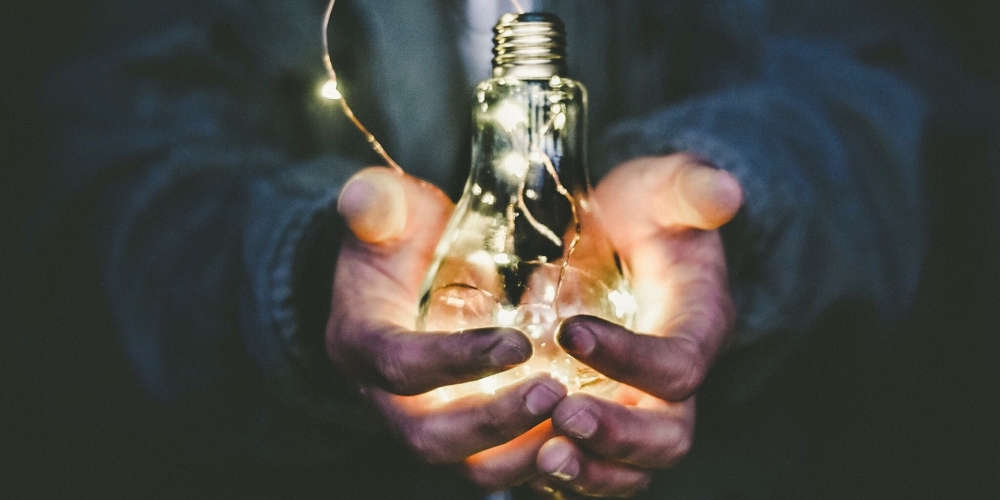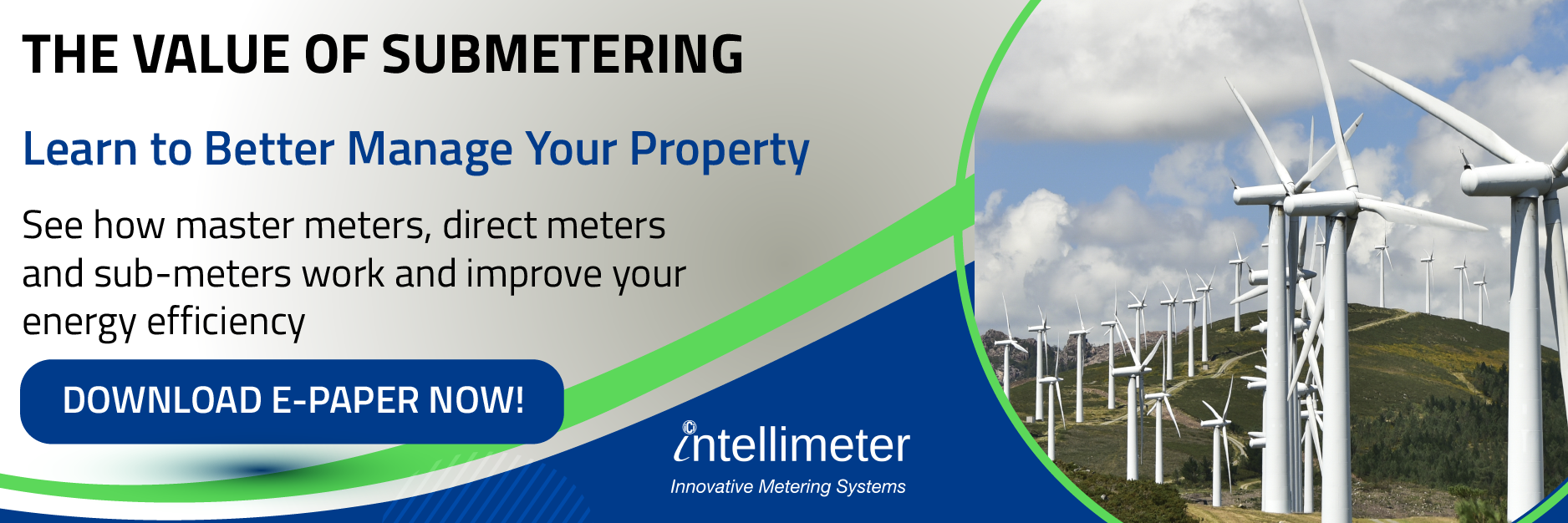Most people these days are looking for ways to lessen their environmental impact and save money on energy bills. Energy conservation is becoming more and more critical with every passing day. That said, you can get a handle on your energy consumption and make real, beneficial changes for the planet and your wallet with the help of a well-thought-out energy conservation plan. Whether your goal is to reduce your household's carbon footprint, increase your home's energy efficiency, or lower your energy bills, developing your own energy conservation strategy is a great place to start. Following the steps we will outline here will help create a complete and efficient energy-saving strategy that will get you where you need to go.
Understand Your Energy Use
As someone embarking on an energy efficiency journey, it's crucial to begin by understanding your energy consumption patterns and identifying areas for improvement, especially if you are running a business. Familiarizing yourself with the ways in which energy is used in your business and the various sustainable, energy-efficient alternatives available will enable you to make informed investment decisions. By taking the time to learn about energy efficiency, you will gain the knowledge and confidence to:
- Navigate the market with a solid understanding of key terms and technologies related to energy efficiency.
- Identify simple, cost-effective solutions to improve energy efficiency within your business.
- Build a strong case for investing in energy efficiency measures and renewable technologies by allocating resources strategically.
Investing in your knowledge of energy efficiency will pay off in the long run, helping you to make smart decisions that benefit both your bottom line and the environment. Learning about innovative metering systems that provide detailed readings of energy use is also a good idea.
Maximizing Energy Efficiency with INSULATION
Now, nearly three-quarters of both household and business energy consumption is dedicated to heating spaces and water. That said, installing proper insulation is a highly effective solution to keep warmth in and cold out, turning your home into a more energy-efficient building. Not only will insulation lower your energy consumption and bills, but it will also make a significant impact on reducing your carbon footprint. Investing in thermal insulation is a smart choice for any homeowner looking to improve their home's energy efficiency and sustainability.
Different Types Of Insulation You Can Use
- Cavity Wall Insulation: This type of insulation involves drilling holes in the exterior walls, inserting or injecting insulation material, and sealing the holes with cement. This method is ideal for homes with cavity walls, which are walls that have a gap between the external layer made of brick and the inner layer made of concrete block.
- Solid Wall Insulation: This involves the application of insulation boards on the interior or exterior of the construction to enhance its energy efficiency.
- Pipe Insulation: To prevent freezing and heat loss, this type of insulation involves covering water pipes with insulation material.
- Insulation Behind Radiators: For improved energy efficiency, this involves placing foil-faced expanded polystyrene lining on the wall directly behind the radiator to reflect escaping heat back into the room.
- Floorboard Insulation: This method involves adding a layer of polyfoam, silicone, rigid foam, fibreglass, or rubber between the subfloor and floor to keep the surface from becoming too cold during winter. Installing this type of insulation may require your floors to be removed. Therefore, the experts at Homegrown Moving and Storage recommend that you rent out a storage unit for your stuff during the installation process.
Improvements to energy efficiency at home should begin with the attic, and in buildings with the walls because they are the primary source of heat loss. Additionally, selecting energy-efficient windows will also provide a lot of insulation. Condensation can be avoided by keeping the vents in good working order.
Reduce Water Consumption
Water consumption leads to very high bills in many homes, which is why it should be one of the most critical components of your energy conservation plan. In addition to monitoring your water usage, you can implement solutions such as a water-efficient showerhead. By planning for water sustainability, you can reduce reliance on municipal water and ensure a steady supply of clean water. However, reducing the amount of water you are using will also cut your energy consumption. Additionally, it would help if you considered water-saving technologies, such as smart appliances or waterless toilets, to reach this goal. Water independence can be expensive and require regular water quality testing, but the long-term benefits are worth the investment.
Creating Your Energy-saving Action Plan
A comprehensive action plan should outline the prioritized implementation of energy-saving measures. You can categorize these measures into short, medium, and long-term projects and further divide them into no/low-cost and capital investment options. Starting with quick and inexpensive measures can generate immediate results and give you the motivation to continue. That said, the action plan should cover the following:
- Dates, amounts, and resources necessary for each measure that you have set.
- Key roles, as well as who will be responsible for carrying out the measures
- All of the investments you have made for equipment to help you save energy.
- The availability of different forms of financial aid
- Regular monitoring of the results
Conclusion
To summarize, formulating a strategy for energy conservation is a critical step in the process of making a house more energy-efficient. You can make a significant impact on energy consumption and lowering costs by carefully analyzing your current energy usage, putting into action solutions that are both cost-effective and efficient, and monitoring your progress on a regular basis. Spending some time on the front end to develop a comprehensive plan will, in the long run, result in a home that is better for the environment and more stable financially. That said, hopefully, with a guide to developing your own energy conservation plan, you will be able to make what we have talked about today a reality.


